The pipe organ is (usually) defined by the place in which it’s often played: the church. Unlike the electronic versions of this instrument, a well-built pipe organ is known for its exceptional durability. With regular tuning, maintenance and re-leathering, it lasts for centuries. This maintenance work is done by several pipe organ builders, such as a young man from Marosszentgyörgy/Sângeorgiu de Mureș, Endre Dénes, who, with meticulous attention to detail, works to put the shine back on the Transylvanian pipe organ heritage by restoring them to their original state.
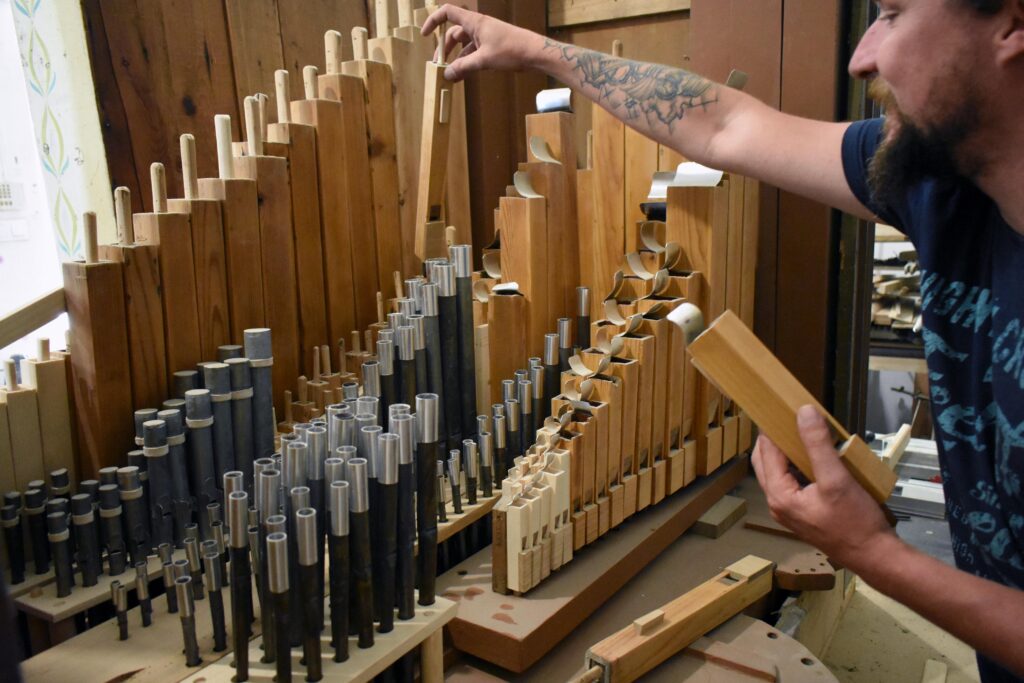
When I walked into his workshop in Marosvásárhely/Târgu Mureș, he was working on a six-rank pipe organ brought from Mezőkeszű/Chesău, a settlement in Kolozs/Cluj County. “Without regular and professional maintenance, the physical cultural heritage of Transylvanian pipe organs ends up in a disastrous state,” he says. In this case, the console was moved behind the instrument following a trend started by the catholic church so everyone – including the organist – to sit facing the altar. “I also had to manually rebuild it completely so the pipe organ could bloom in its full beauty.”
Transylvania’s oldest pipe organ was built for the Kőhalom/Rupea lutheran church in the seventeenth and eighteenth centuries. After saving it from the ruins of the church, the musical instrument was restored by a team of professionals of the Swiss foundation for organs in Romania (Schweizerische Stiftung fuer Orgeln in Rumanien) – which included Endre Dénes, then student of the school – and rebuilt in the Black Church of Brassó/Brașov. The workshop school was established in 2003 at Szászhermány/Hărman on the initiative of master organ builder Ferdinand Stemmer and with the support of the Swiss Foundation SSOR.
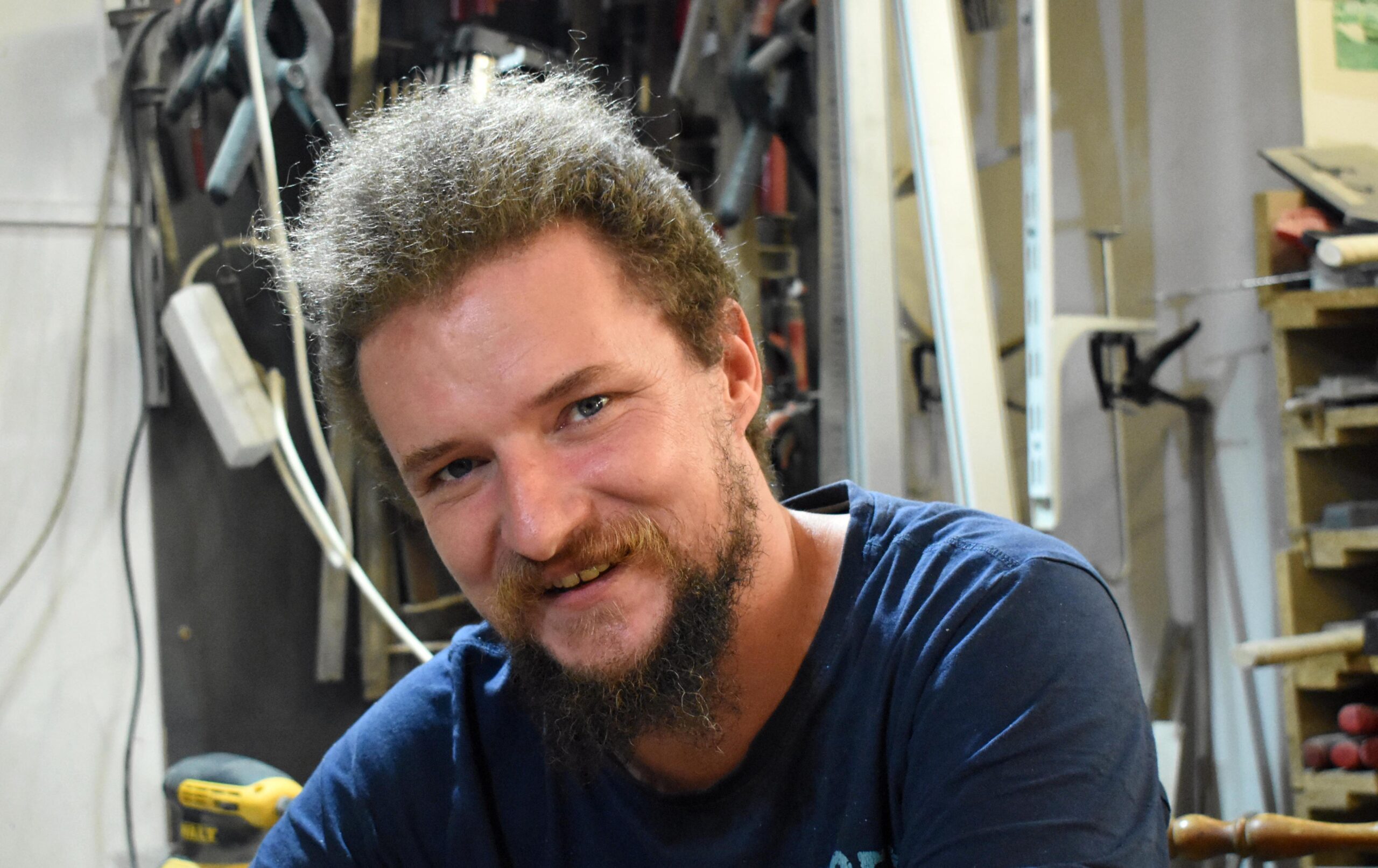
Dénes was one of the first students of this professional workshop school. After finishing his studies, he was invited to work in Switzerland, but after two months of struggling with the question of whether to leave the country or become an entrepreneur in Transylvania, a phone call from the Marosszentgyörgy Catholic priest (asking him to restore the church’s pipe organ) and the birth of his first child helped him make a decision: he remained in Transylvania. Since then, he has worked in various places from Cuba to Azerbajdzjan in collaboration with his Swiss colleagues, but his main focus is on saving Transylvanian pipe organs.
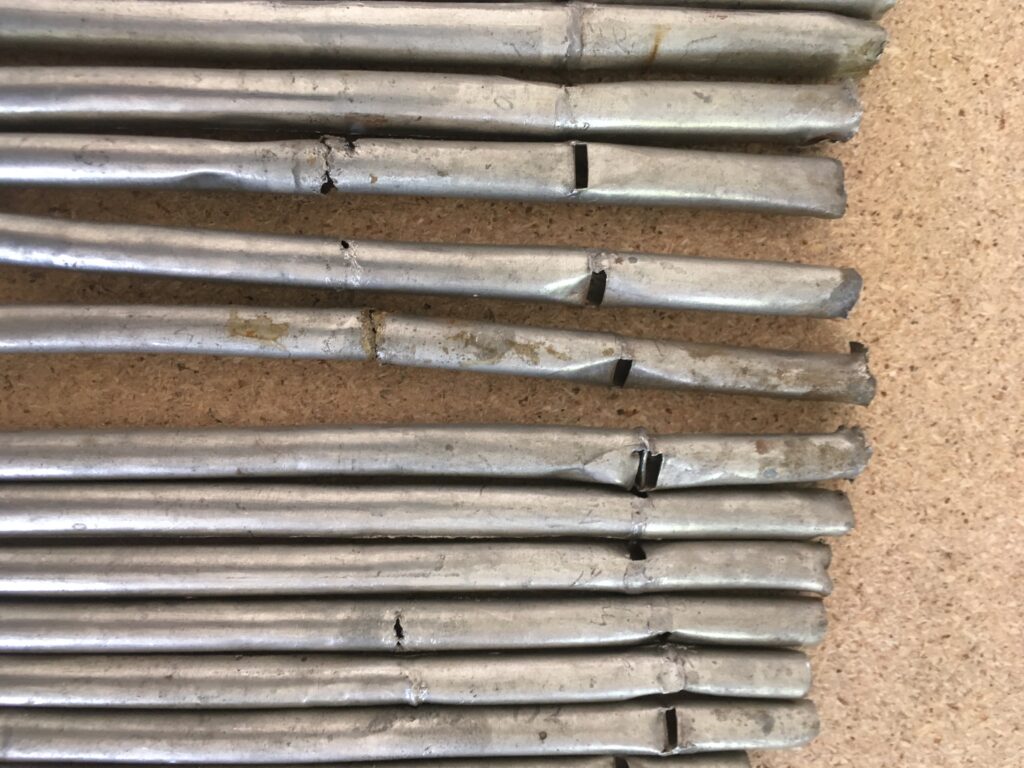
“The past 50 years of unprofessional repairs and lack of maintenance has seriously damaged the state of pipe organs in Transylvania. Whereas abroad, the instruments are in good condition, in this region almost every pipe organ must be taken apart. While this musical instrument was designed to support its owner for generations, over time it inevitably requires repairs to its various components,” Dénes explains. “During the communist regime only a handful of professionals existed in the region – typically the clerks of known organ builders – to maintain the pipe organs, but in most cases – either due to lack of funds, or other reasons – the local cantor had assumed the unwanted role of pipe organ maintainer, which often lead to disastrous results.”
But that’s only part of the problem, the rest has to do with time and materials. As the pipe organ ages – and we must consider that the instruments were built in the past 100 or 150 years, the lack of maintenance leads to problems. Pipe organs become filled with dust, they get infested by woodworm, the leather deteriorates, the pipes get corroded, and in some cases the instruments acquire a few coats of paint over time, which the organ builder has to remove in order to expose the original color.
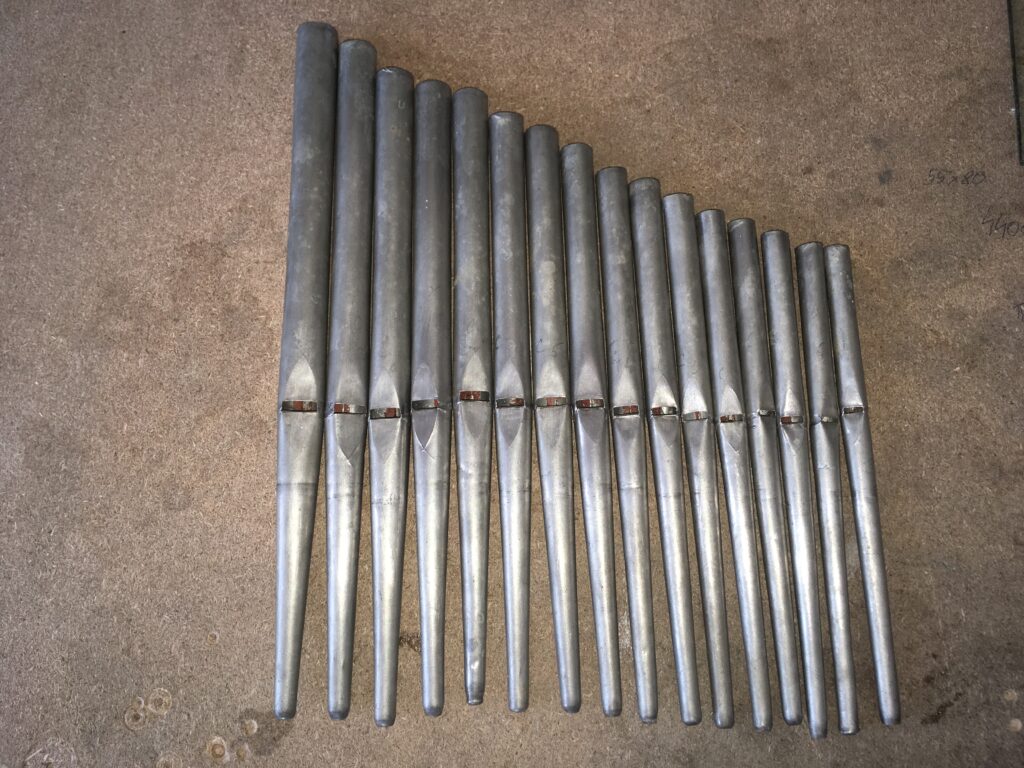
A pipe organ contains one or more sets of pipes, an airflow system, and one or more keyboards. The pipes produce sound when wind (pressurized air) produced by the air system passes through them. An action connects the keyboard to the pipes. Stops allow the organist to control which ranks of pipes sound at a given time. The organist operates the stops and the keyboards from the console or keydesk.
There was a trend toward moving the console from the back to front, Endre notes. In these cases, the restoration work also includes moving the console back to its original place. After many decades of repairing the instrument, and thanks to the school founded by the Swiss foundation, it is possible to restore Transylvanian pipe organs to their original state, and not just repair them.
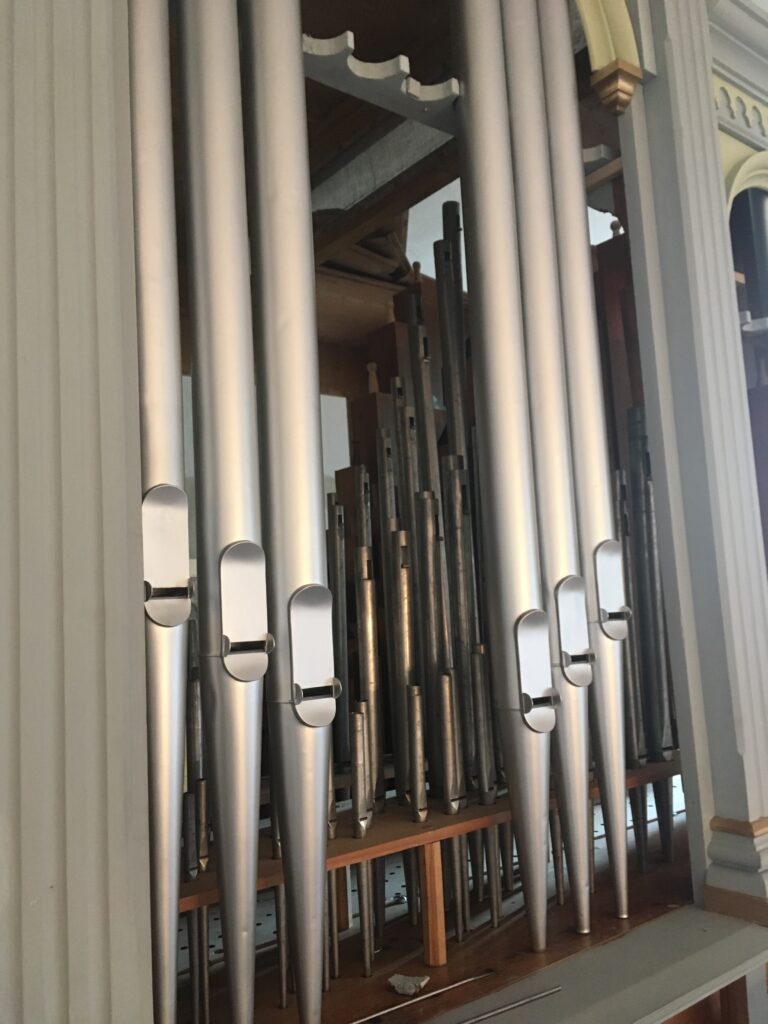
Considering the current state of Transylvanian pipe organs, the restoration process is time- and labour-intensive. “This requires six months of work,” he explains pointing to the six-rank pipe organ of Mezőkeszű. “However, this doesn’t mean that an eight or twelve rank instrument will require eight or twelve months,” he quickly adds, laughing. “It all depends on the state of the instrument and how much damage time, woodworm, and humans have caused.”
The restoration rules are very strict: professionals are allowed to use only organic materials and match the original material used in the construction of the pipe organ.
“Each pipe organ is unique, even if built by the same master. There are no two identical pipe organs, because the master will have always changed something. While it is possible to have identical pipes, the construction of the instruments is different in every case. The reason is simple: the master pipe organ builder used his knowledge, experience, and creativity to build these instruments, so it is possible that between two instruments he learned something new, realized that a small change in the process makes the instruments more resilient, and applied it to the next one. This, of course, applies to the old Transylvanian pipe organs built in the past 100–150 years,” Dénes says.
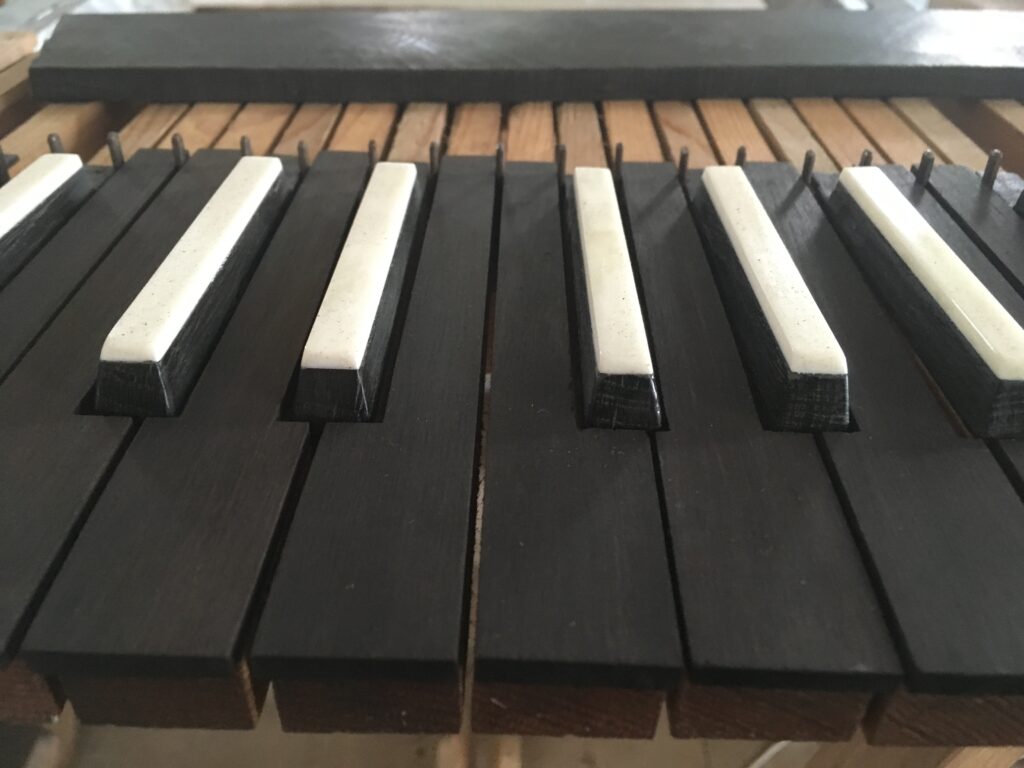
While the pipe organ is an organic part of the church, it is often is regarded as a piece of furniture, Dénes says. So, when the parish decides to renovate the house of God, the instrument is handled like it: they cover it up with plastic to protect it, but the workers completely forget how much damage moisture can do to the instrument’s soul. That’s a classic mistake that damages and continues to harm the overall state of Transylvania pipe organs.
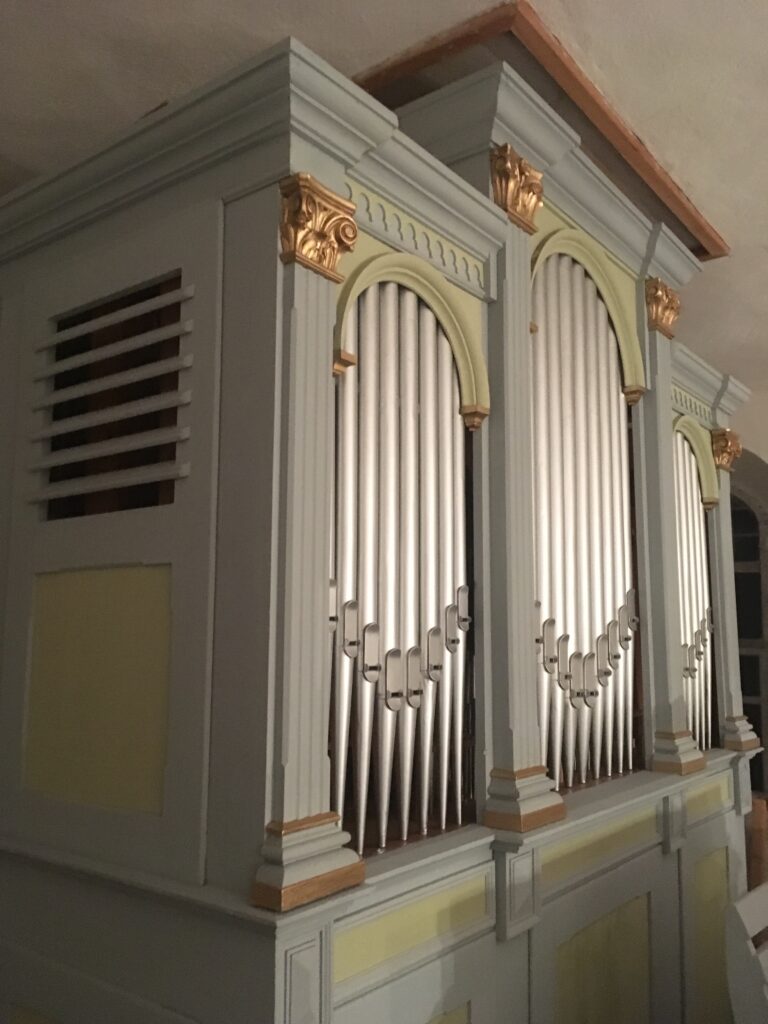
“A pipe organ is a delicate musical instrument and is affected by seasonal changes, and by changes in temperature and humidity. So, as the church renovation works come to an end, I usually get a call to come and adjust and tune an organ that has been sitting for months covered with plastic, which, by the way, is good for preventing the build up of dust but can’t protect the musical instrument from moisture. That’s a major problem we encounter: the right way to keep a pipe organ functional and protect its integrity is by removing it from the church before the renovation works start and putting it back after they’re finished. This serves two main purposes: it provides space for workers to do their jobs renovating the church and leaves time for the maintenance and service of the musical instrument and the restoration process, if necessary. The parish cantor may not realize that tuning an organ that once (before the renovation works started) functioned well requires time,” Dénes explains.
While working on a pipe organ, Dénes builds a relationship with the instrument. “They become my girls”, he says, laughing. “And I love to take care of these girls,” Dénes adds.
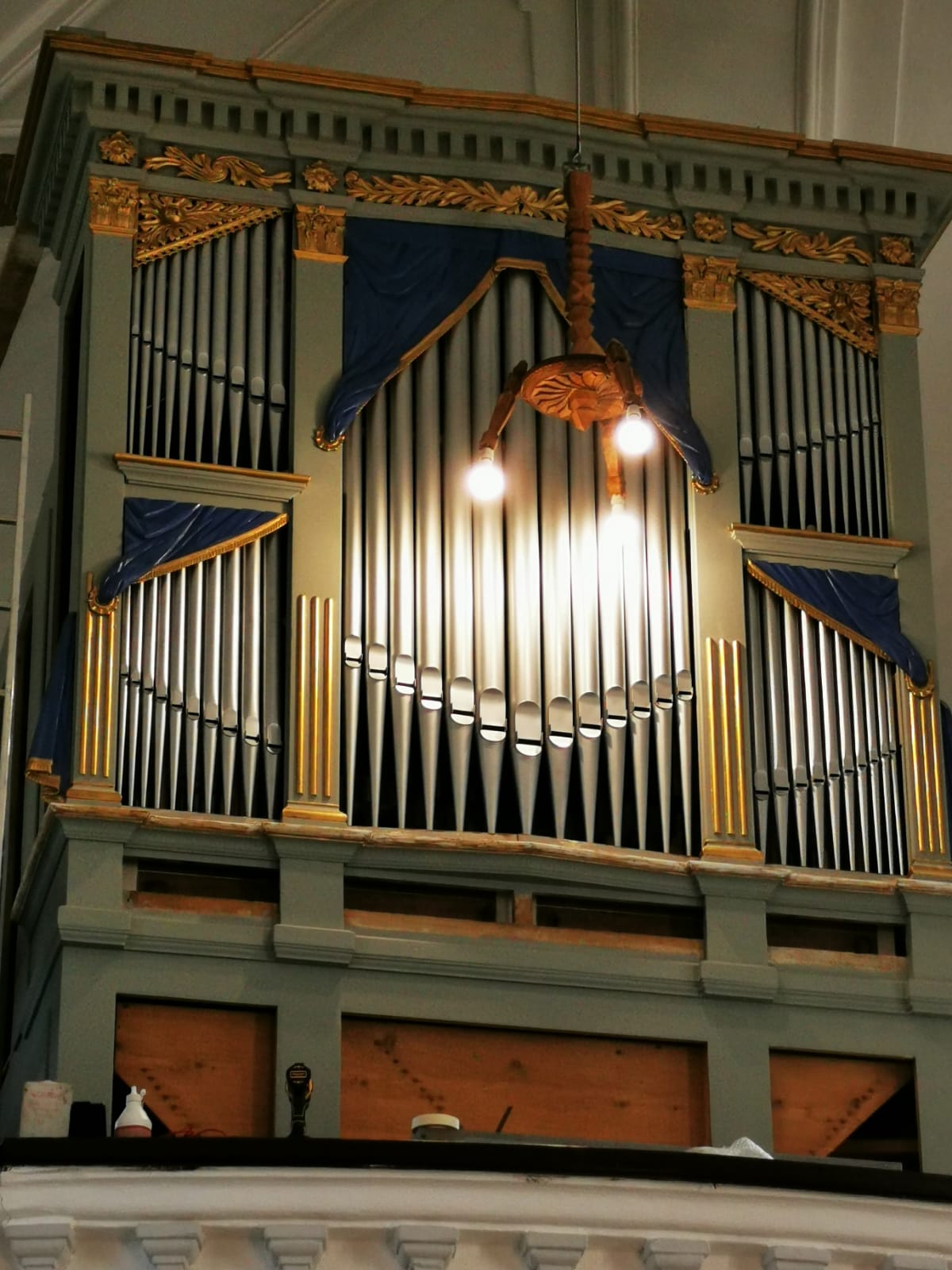
I leave him in the company of his latest “girl,” which is now inching toward the final steps of the restoration process. I can’t wait to hear the sound of the pipe organ in the church of Mezőkeszű and watch the faces of the old believers when they hear the restored musical instrument for the first time. There is an absolute joy in watching how people’ faces start to shine when the organist starts pressing the keyboard and the first notes of the song leave the organ’s pipes.
Title image: Endre Dénes, pipe organ builder in his workshop. Photo: István Fekete